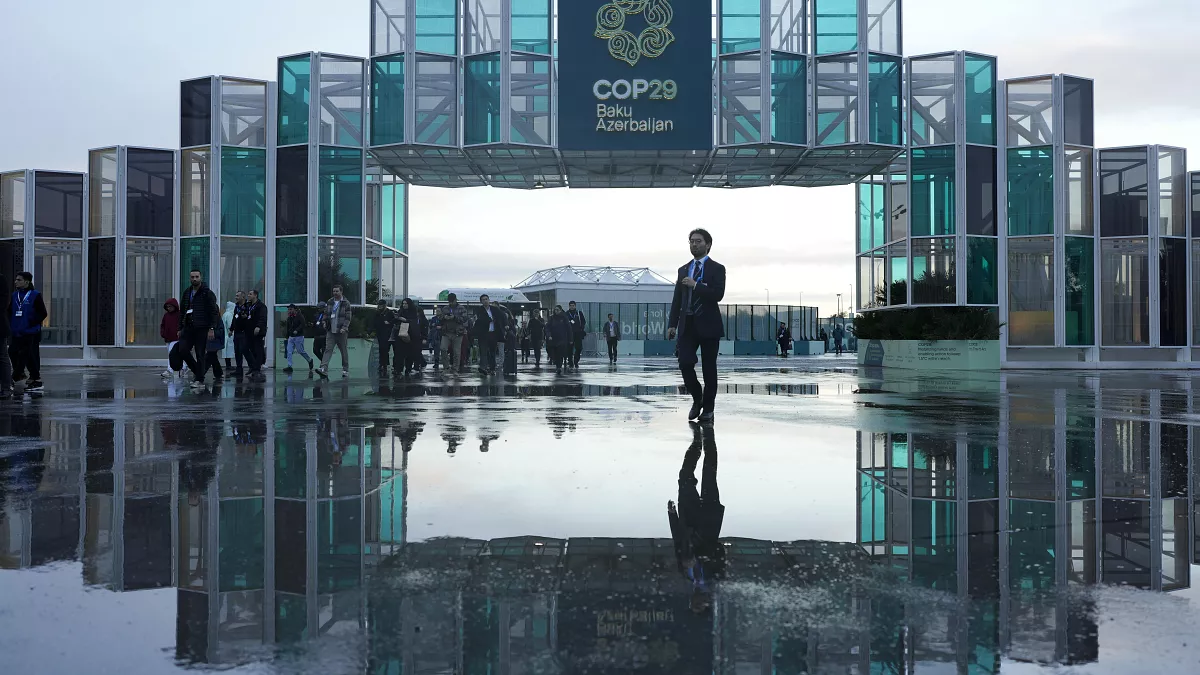Urban centers are responsible for approximately 70% of global carbon emissions, making their transformation vital to achieving climate targets. At COP29, discussions on urbanization have focused on developing integrated mobility solutions and sustainable infrastructure. For instance, the EU has supported Azerbaijan’s plan to modernize Baku’s metro system as part of the Baku Urban Mobility Program, which aligns with the EU’s Global Gateway initiative, promoting smart, green urban environments through sustainable investments.
Key COP29 takeaways for urban real estate developers include
adopting transit-oriented designs and prioritizing mixed-use spaces that
integrate public transport, cycling, and pedestrian pathways. Cities of the
future must emphasize liveability while addressing energy efficiency and
climate adaptation.
Buildings and Real Estate Assets: Decarbonization and Resilience
Buildings account for nearly 40% of global energy
consumption and a similar proportion of emissions. COP29 has underscored the
need to retrofit existing real estate assets and ensure new developments meet
net-zero energy standards. During the Conference, The EU highlighted its
directive on Energy Performance in Buildings, which mandates enhanced building
codes and encourages the integration of renewable energy systems such as solar
panels and heat pumps.
For the real estate sector, this shift demands significant
investments in sustainable materials, energy-efficient technologies, and
circular construction practices. Innovations like modular construction and
adaptive reuse of old structures are becoming central to reducing the carbon
footprint of real estate development.
Countries that lead the way forward
The EU has been a vocal advocate for ambitious climate
policies, urging countries at COP29 to strengthen their Nationally Determined
Contributions (NDCs) to align with the Paris Agreement. Its focus includes
bolstering climate financing for urban renewal and promoting global
partnerships. European Investment Bank (EIB) initiatives, such as the
collaboration with Azerbaijan, exemplify these efforts, blending technical
expertise with funding for transformative projects.
The EU’s stance reflects a commitment to integrating climate
considerations into all aspects of urban and real estate development. For
private and public stakeholders in real estate, this signals growing
opportunities for partnerships in sustainable projects, but also the necessity
of compliance with stricter environmental regulations.
However, the EU is not the only group of countries that
supports the "greening" of cities and buildings, aligning with global
climate goals. Various countries have taken notable stances, playing key roles in
the green transition, including Brazil, which highlighted urban reforestation
and green public transportation initiatives, and Finland, represented by the
City of Turku's leadership in urban climate actions. Finland has actively
promoted net-zero urban strategies through city-specific commitments.
Meanwhile, wealthier nations, including Germany and the UK, have championed
increased financial contributions for green transitions in developing countries
to ensure broader adoption of sustainable practices globally
COP29 is shaping the future of urban and real estate
development by emphasizing sustainability and resilience. For the sector, this
means a dual focus on reducing emissions and creating adaptable, people-centric
spaces. With the EU leading the charge in policy and innovation, real estate
stakeholders have a clear path forward: invest in sustainable practices today
to secure long-term viability in a rapidly evolving market.















